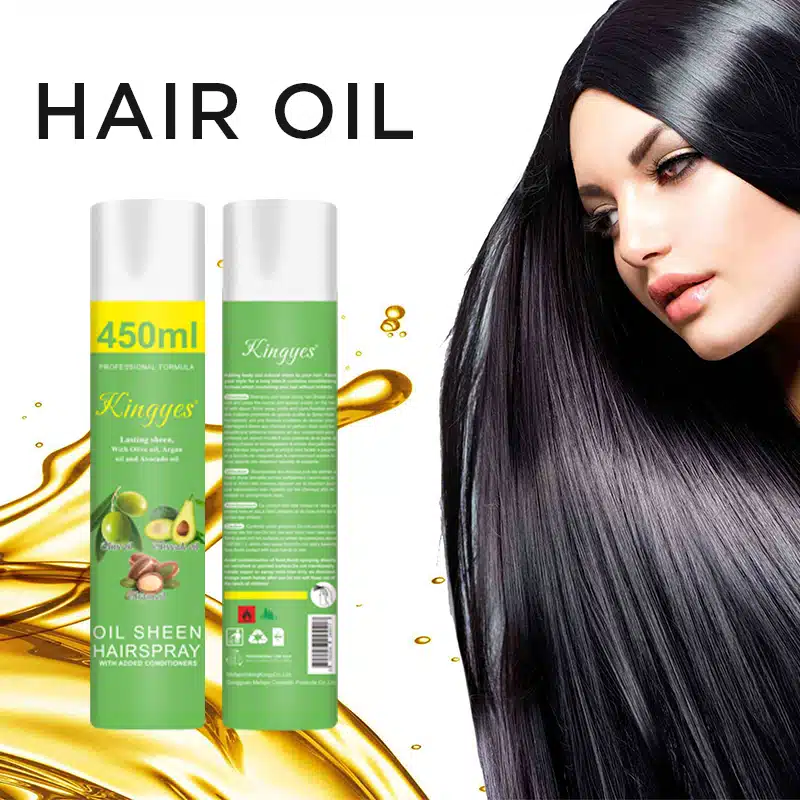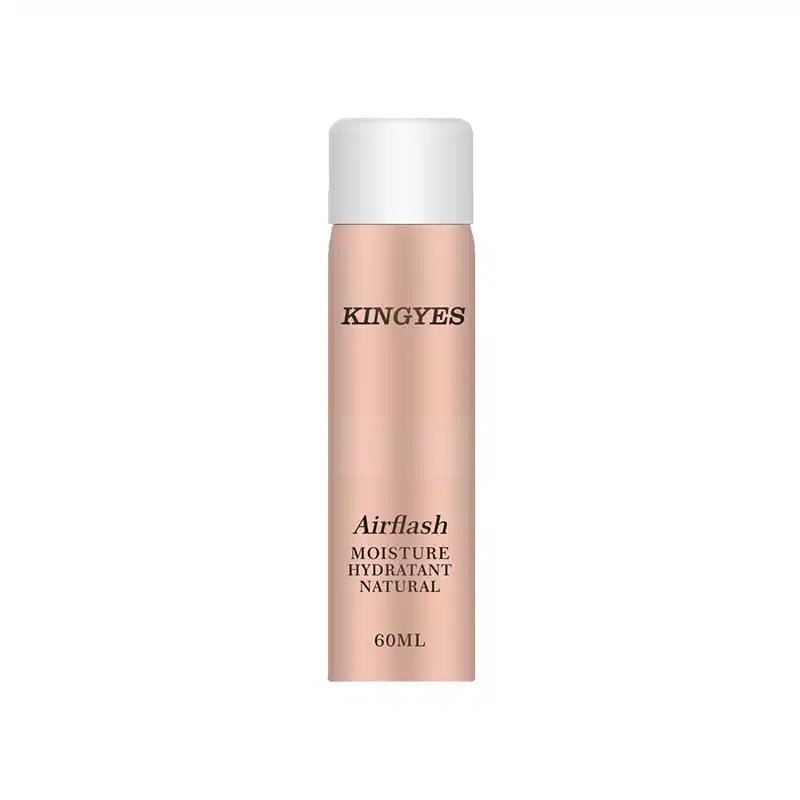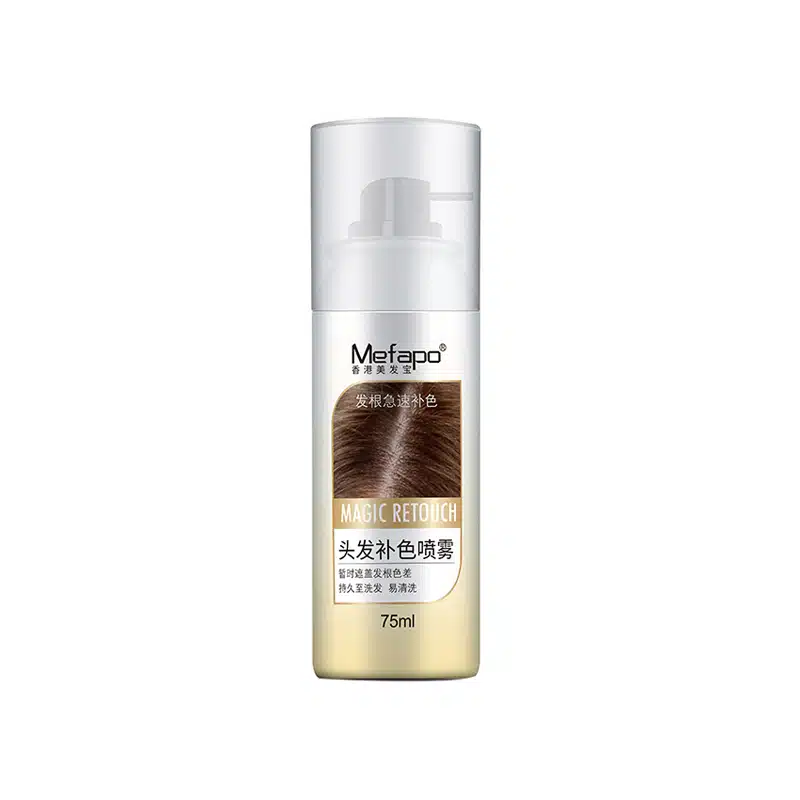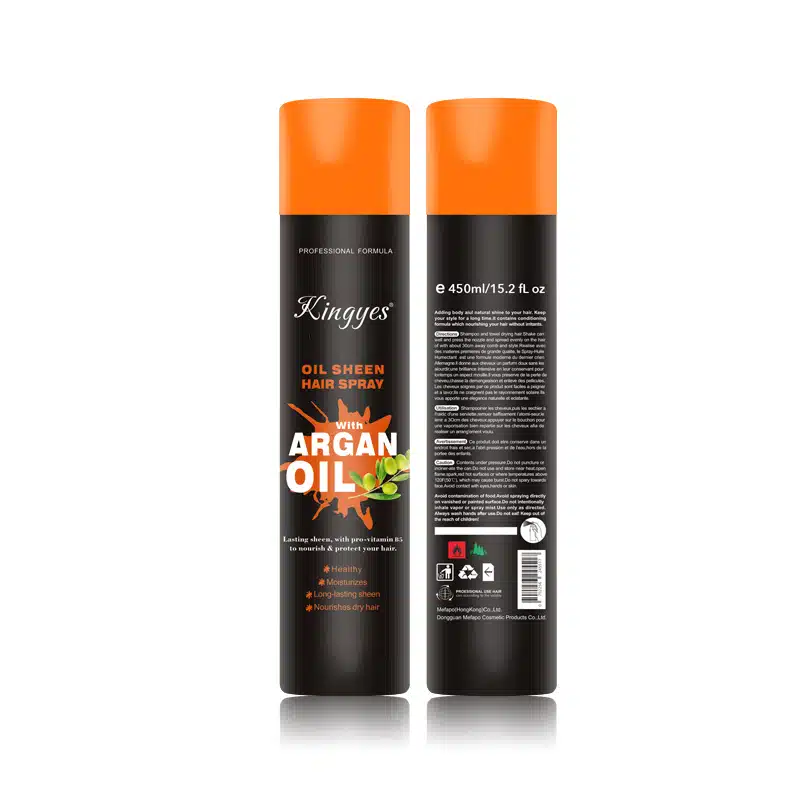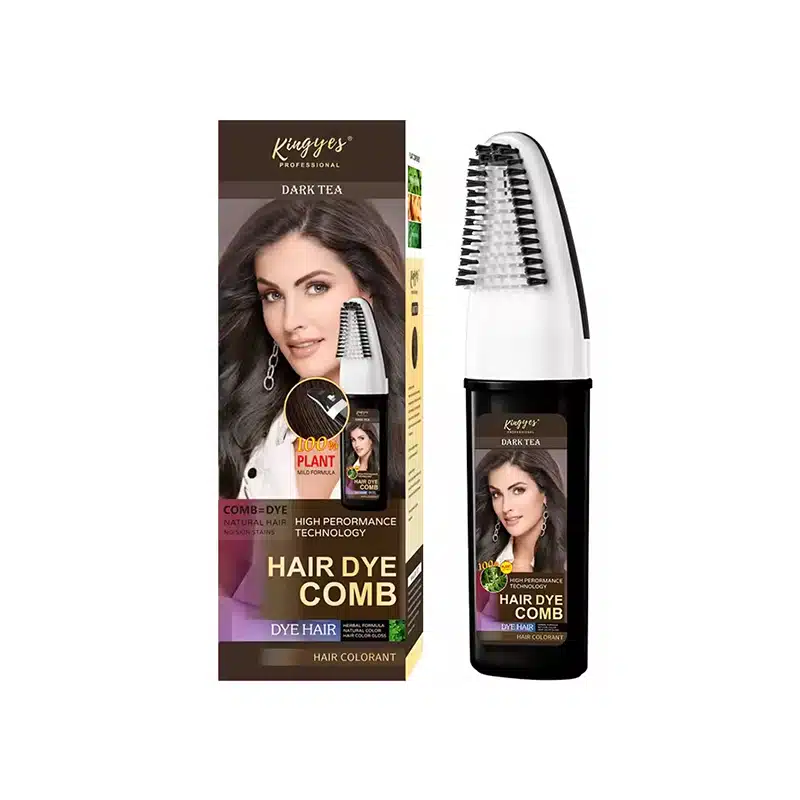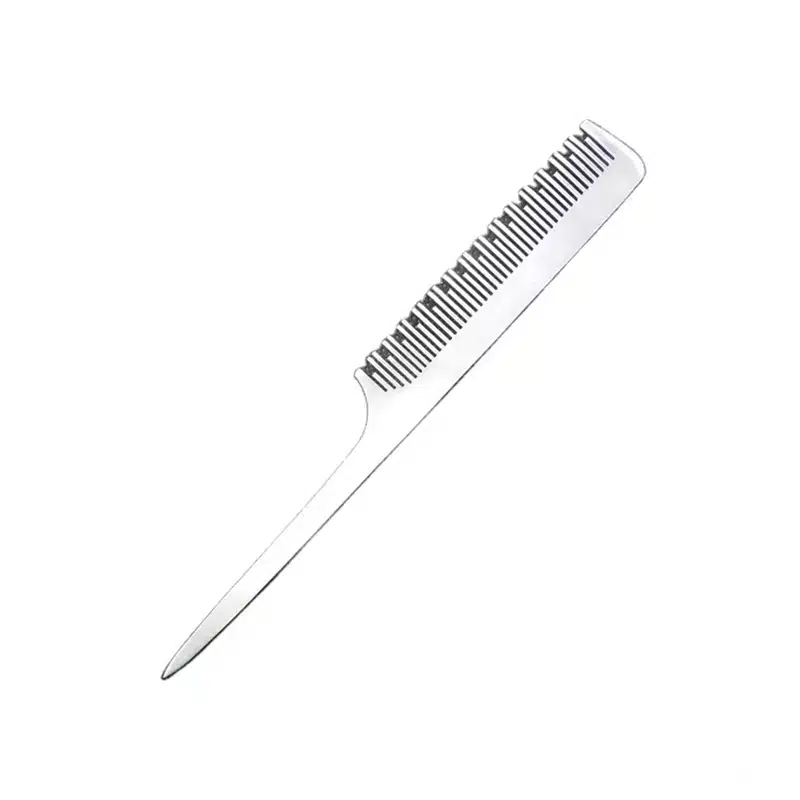
Millal ma peaksin kasutama juukseõli?
Sisukord
Whether you’re looking to tame frizz, add shine, or repair damaged hair, the right hair oil can make all the difference. But, when is the best time to use hair oil for optimal results? In this guide, we’ll explore the different types of hair oils available, the ideal times to apply them, and how they can work wonders for various hair types. If you’re struggling with dry hair, frizz, or just want a smoother, healthier mane, read on to discover the perfect hair oil routine for you.
Why Should You Use Hair Oil?
Hair oil is more than just a cosmetic product; it’s a vital treatment that can transform your hair’s texture, appearance, and health. The primary benefits of using hair oil include nourishing the hair, hydrating dry strands, and adding sära ja sujuvus. Many oils, such as argaaniaõli, kastoorõlija kookosõli, are rich in nutrients that penetrate the hair cuticle and repair damage from heat-styling, environmental stress, and chemical treatments.
When used correctly, hair oil can help you achieve soft, manageable hair that feels as good as it looks. But knowing when to apply hair oil is crucial to avoid weighing down your hair or causing excess buildup. In the next sections, we’ll break down the best times to incorporate hair oil into your routine and the right type for your hair needs.
What Are the Key Ingredients in Hair Oil?
Understanding the key ingredients in hair oil can help you choose the best option for your hair type. Many oils offer different benefits, from hydrating ja moisturizing aadressile strengthening ja protecting. Here are some key ingredients you’ll commonly find in nourishing hair oils:
- Argaaniaõli: Known for its ability to deeply toidab and hydrate the hair. Argan oil also helps reduce frizz and add shine.
- Ritsinusõli: This thick oil is great for promoting hair growth ja nourishing the scalp.
- Kookosõli: Excellent for penetrating the hair shaft and providing deep moisture.
- Grapeseed Oil: A lighter option, perfect for those with peened juuksed või thin hair that need a weightless formula.
- Jojobaõli: Known for its ability to mimic the natural oils produced by the scalp, making it great for dry scalp and adding sära without the heaviness.
Each ingredient has unique properties that cater to different needs. By understanding these ingredients, you can select the oil that best suits your hair texture and desired outcome.
How Often Should I Apply Hair Oil?
One of the most common questions regarding hair oil is: how often should it be applied? The frequency depends on your juuksetüüp, textureja concerns. Here’s a general guide:
- For Dry Hair: If you have kuivad juuksed, it’s recommended to use hair oil every time you wash your hair. Applying it while the hair is still damp can help seal in moisture.
- Peenetele juustele: If you have peened juuksed, you may want to use hair oil sparingly. A small amount can help prevent flyaways and add smoothness without weighing down the hair.
- For Thick or Coarse Hair: You may benefit from using hair oil more frequently, especially to hüdraat ja toidab the hair, as thick hair tends to absorb more oil.
- Värviga töödeldud juustele: If your hair is color-treated, hair oil can help to restore moisture, prevent damageja maintain hair health. Applying a nourishing hair oil nagu Moroccanoil treatment is an excellent choice for damaged hair.
In general, applying hair oil 2–3 times a week works well for most hair types. However, feel free to adjust based on how your hair feels and its specific needs.
Is Hair Oil Suitable for All Hair Types?
Hair oil is versatile, but it’s important to know if it’s right for your specific juuksetüüp. Here’s a breakdown of how different types of hair can benefit from hair oil:
- Peened juuksed: If you have peened juuksed, choose a weightless või lightweight hair oil, such as Verb Ghost Weightless Hair Oil või Gisou mett sisaldav juukseõli. These oils will provide hydration without leaving hair greasy or weighed down.
- Coarse or Thick Hair: For thick või coarse hair, heavier oils like kastoorõli või moroccanoil treatment original can offer the nourishment and moisture needed to manage frizz and add smoothness.
- Värviga töödeldud juuksed: Värviga töödeldud juuksed is often more prone to dryness and damage. A nourishing oil blend with argaaniaõli, jojobaõli, või rosmariiniõli can help keep your strands healthy and shiny.
No matter your hair type, there is a hair oil that can work wonders for you. Selecting the right oil based on your hair’s specific needs is the key to getting the most out of this hair treatment.
How to Use Hair Oil for Dry Hair
Kui teil on kuivad juuksed, juukseõli can be a game changer. Applying it to niisked juuksed after washing is one of the most effective ways to lock in moisture and prevent dryness. Here’s how to use hair oil for kuivad juuksed:
- After Shampooing: Apply a few drops of hair oil to your damp hair before you start styling. This helps infuse moisture into each strand and keeps your hair hydrated.
- Mid-Length to Ends: Focus the application on the ends of your hair where it tends to be drier and more prone to split ends. Avoid applying too much oil near the scalp to prevent it from becoming greasy.
- Leave-in or Rinse-Out: You can either leave the oil in as a leave-in treatment or rinse it out after a few minutes for a lighter feel.
Kasutades nourishing hair oil on dry hair is a great way to sujuv frizz and add shine to dull strands, giving them a healthy, shiny finish.
Should I Use Hair Oil on My Scalp?
Rakendamine juukseõli to your peanahk can help improve its health by providing hydration and stimulating hair growth. Oils like kastoorõli ja jojobaõli are excellent for nourishing the scalp, while tea tree oil is great for treating dandruff. Here’s when you should use hair oil on your scalp:
- Dry Scalp: If you have a dry scalp, applying hair oil can help restore moisture and balance. Gently massage the oil into your scalp before washing for a soothing, hydrating treatment.
- Hair Growth: Oils like kastoorõli ja rosmariiniõli are often used to promote juuste kasvamine by stimulating the scalp and improving circulation.
- Scalp Treatment: For a deep scalp treatment, leave the oil on for 20–30 minutes before washing it out with shampoo.
Using oil on your scalp can address issues like dandruff, itchinessja kuivus, leaving your scalp feeling nourished and your hair growing stronger.
What’s the Difference Between Heavy and Lightweight Hair Oils?
Valides vahel heavy või kerge oil depends on your juuksetüüp ja desired effect. Here’s a quick comparison:
- Heavy Oils: These oils are ideal for thick, coarse, või damaged hair. They provide intense moisture and toitumine, making them perfect for treating dry or frizzy hair. Castor oil, kookosõlija moroccanoil treatment are examples of heavy oils.
- Lightweight Oils: If you have peened juuksed or want a subtle effect, lightweight oils nagu Verb Ghost Weightless Juuste õli või Gisou mett sisaldav juukseõli are perfect. These oils hydrate and smooth without weighing hair down or causing excess buildup.
Understanding whether your hair needs a heavy or lightweight oil will help you avoid
KKK
Kas ma võin kasutada juukseõli iga päev?
Yes, you can use hair oil daily, especially if your hair is dry või damaged. For peened juuksed, use sparingly.Can hair oil be used as a heat protectant?
Certain oils like Moroccanoil ja Olaplex No.7 can provide heat-styling protection, reducing heat damage.Does hair oil help with dandruff?
Jah, õlid nagu tea tree oil ja rosmariiniõli can help soothe and hydrate the scalp, reducing dandruff symptoms.Can I apply hair oil to wet hair?
Yes, applying hair oil to niisked juuksed helps lock in moisture and protects against damage during styling.
Peamised järeldused:
- Choose the right juukseõli põhineb teie juuksetüüp ja needs.
- Use hair oil regularly for hüdratsioon, särisemise kontrollja repair.
- Light oils are ideal for peened juuksed, while heavier oils suit thick või coarse hair.
- Apply hair oil to damp hair for maximum effectiveness.
Kommentaarid
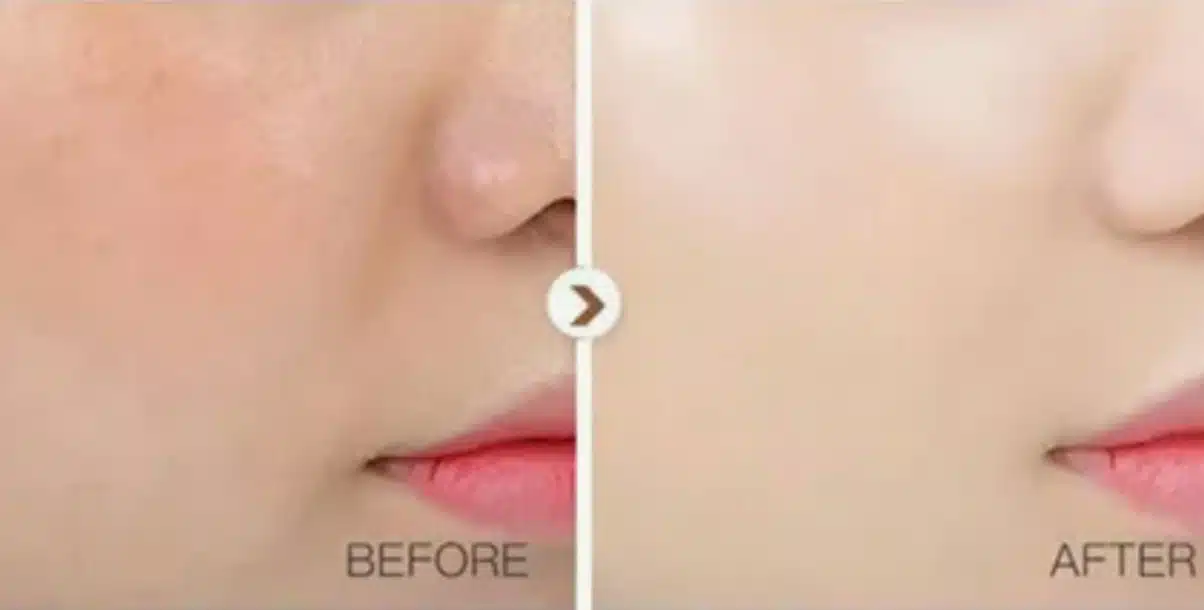
Millise nahatüübi jaoks on vedel jumestuskreem?
Huvitav, millisele nahatüübile on vedel jumestuskreem kõige kasulikum?
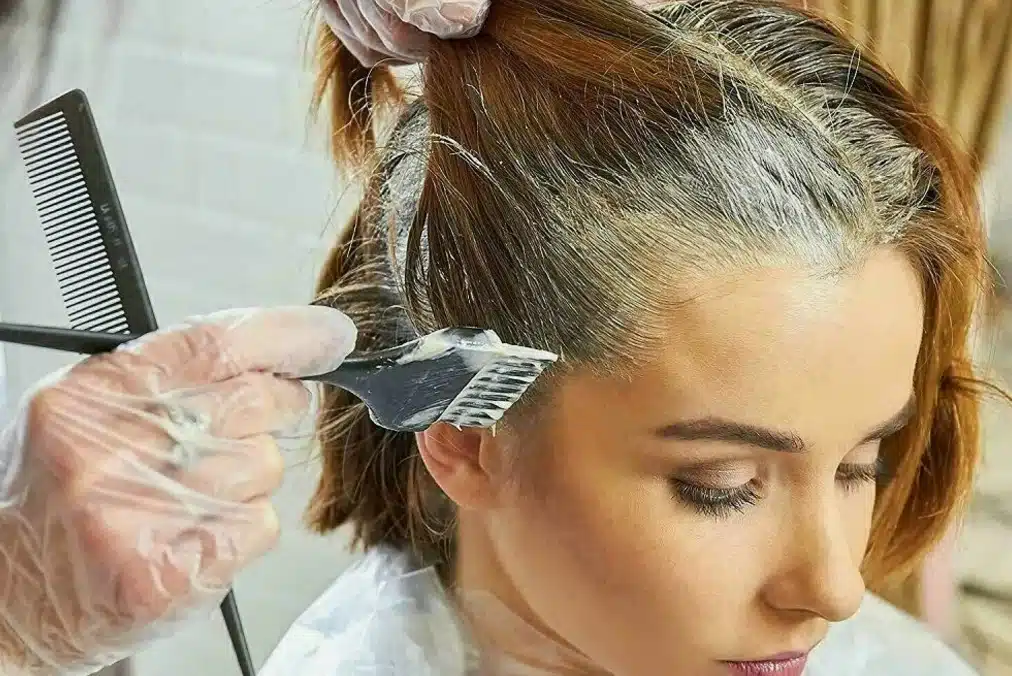
Kas on parem kasutada püsivat või poolpüsivat juuksevärvi?
Mõtled oma juuksevärvi muutmisele, kuid ei ole kindel, kas valida püsiv või poolpüsiv juuksevärv?
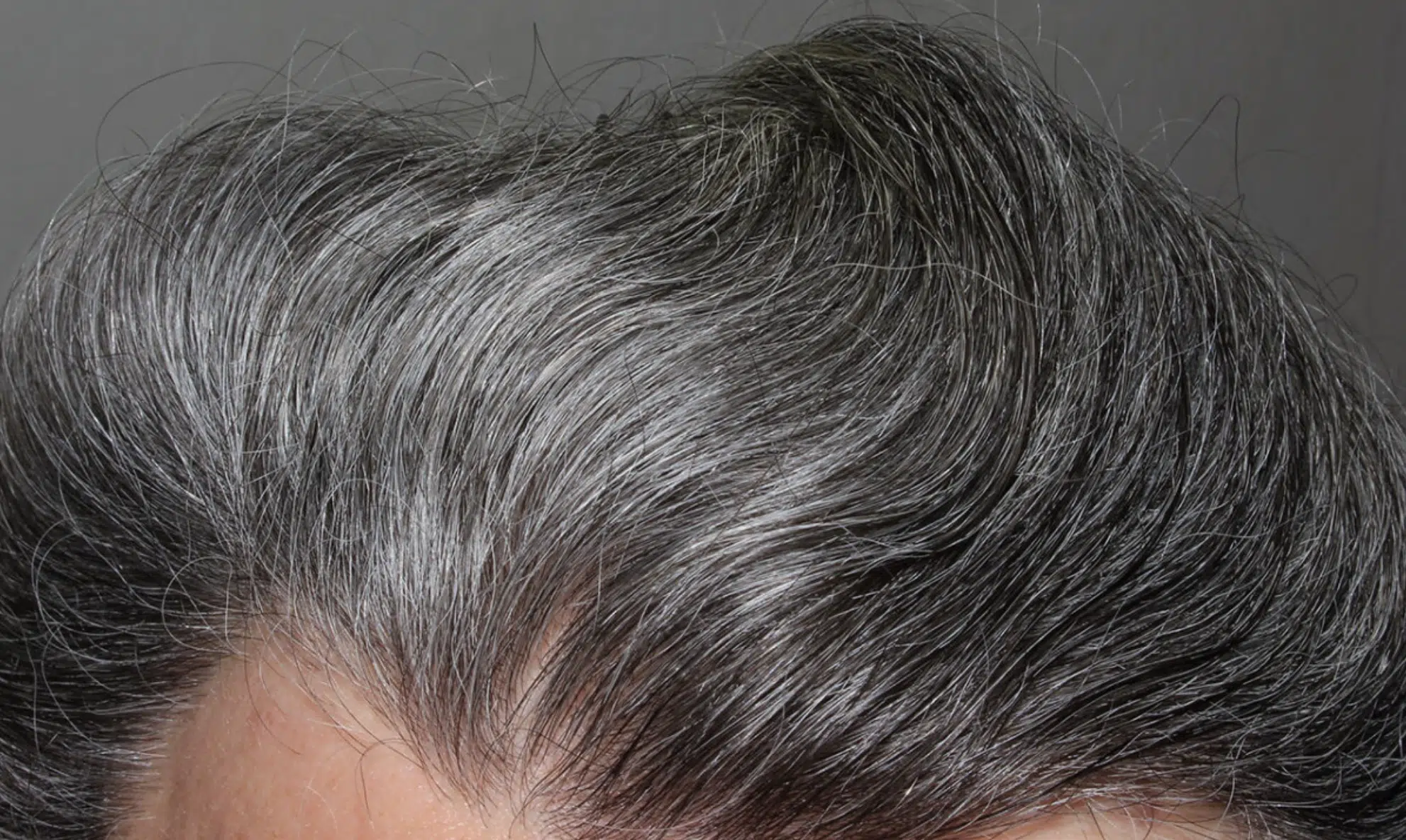
Kuidas katta hallid juuksed ilma värvita?
Esimeste hallide juuste avastamine ei tähenda, et peate pühenduma regulaarsetele salongikülastustele või karmidele keemilistele värvidele.

Kuidas kasutada pihustatavat niisutajat?
Oled kunagi proovinud pihustatavat niisutavat kreemi ja mõelnud, kas kasutad seda õigesti?

Kas päikesekaitsespreid võib kasutada oma näole?
Kas olete kunagi mõelnud, kas päikesekaitsespreid võib kasutada oma näole?
- +86 151 1839 7303
- [email protected]
- E-R 07:00-23:00
Sildid
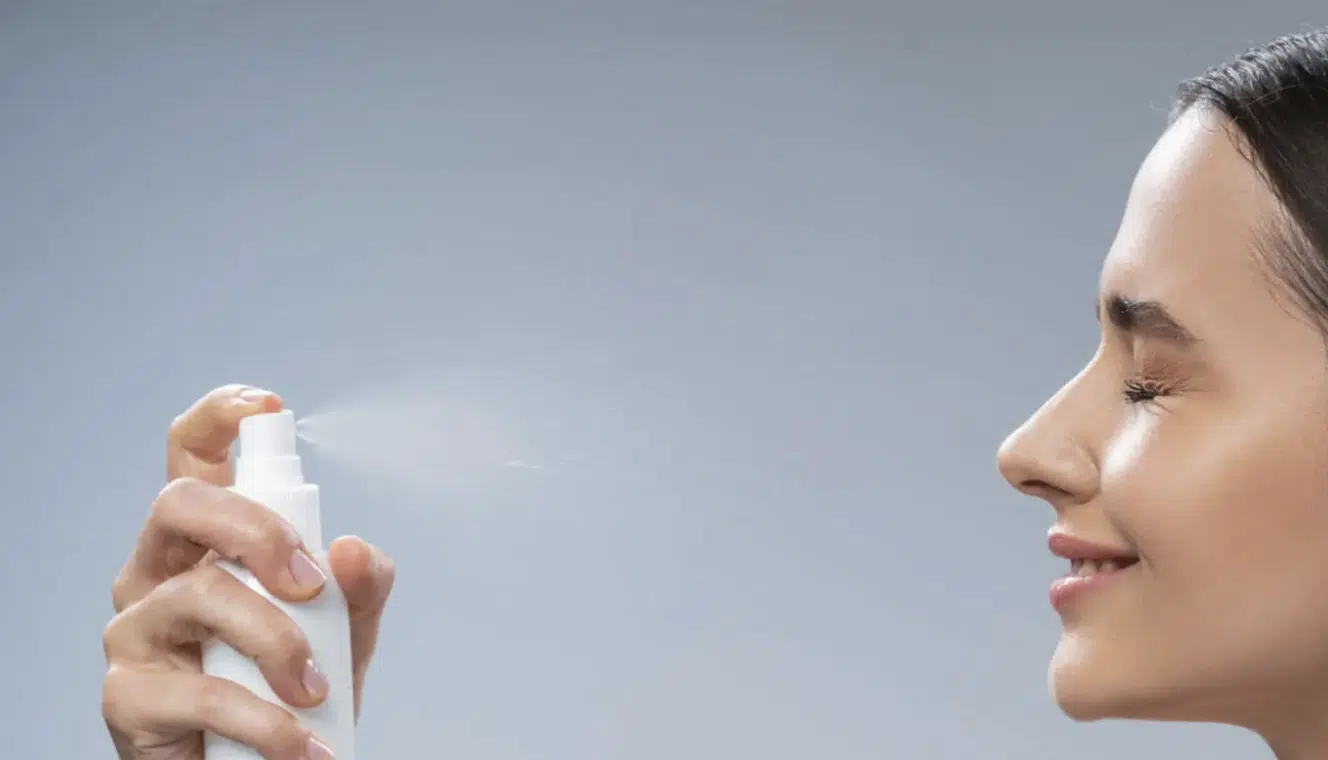
Do You Set Before Or After Setting Spray?
The world of makeup is filled with tips, tricks, and techniques to achieve a flawless, long-lasting makeup look.

What Happens If You Don’t Use Setting Spray?
Setting spray is often lauded as the ultimate secret to a long-lasting, flawless makeup look.

Do I Really Need Setting Spray?
Are you wondering if setting spray is just another hyped-up beauty product, or is it a must-have in your makeup routine?


